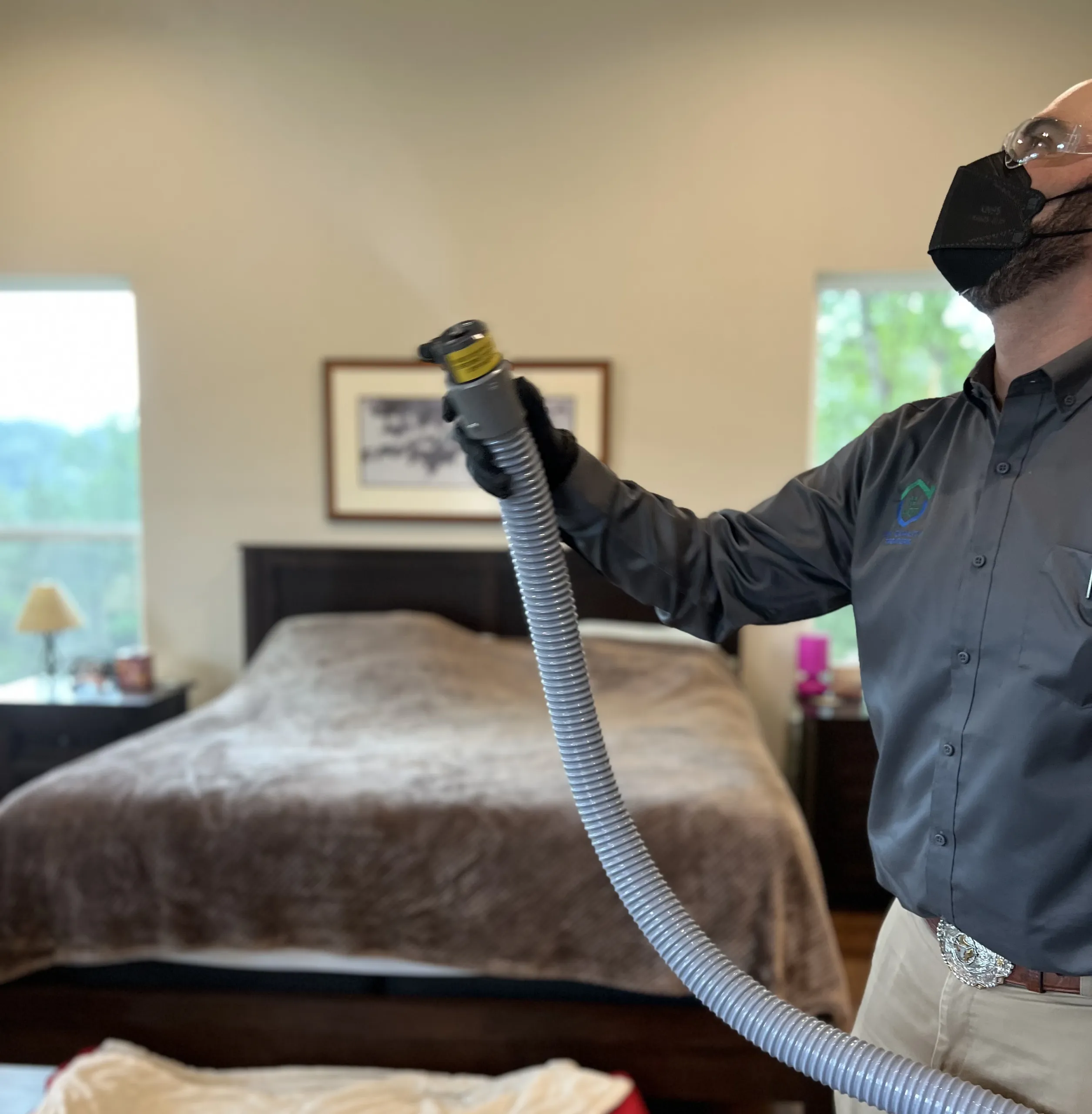Water Mitigation FAQs in San Antonio
How long will it take?
The timeline for each project varies depending on its unique criteria. Addressing trapped and bound water can be complex, making it very difficult to provide an exact timeframe. However, over the years we have become very accurate with providing accurate timeline estimates. When speaking with a DB Integrity representative, feel free to inquire about the anticipated time frame for your specific project.
Is your company insured?
Yes, we are fully insured. Our comprehensive policies provide ample coverage, enabling us to work confidently with both residential and commercial properties.
How much will the work cost?
Project costs are influenced by several factors, including labor, drying methods, the duration of the dry-out process, and the materials used. If you are utilizing insurance to cover the damages, your financial responsibility will typically be limited to your deductible, as determined by your insurance policy. Please note that, in accordance with Texas state law, waiving a deductible for property damage is prohibited.
Do I have to sign a contract?
At DB Integrity, we provide non-intrusive water damage inspections as a complimentary service to our clients. However, prior to initiating any paid services, a signed service agreement is required. This agreement must be completed by both the client and an authorized representative of DB Integrity. It enables us to proceed with the necessary work and liaise directly with your insurance company, addressing any inquiries related to the services we perform.
What Insurance Companies do you work with?
We work directly for you while collaborating with your insurance company, as long as they are licensed to practice in the great state of Texas. Using the same advanced billing software as your insurer, we streamline the process to ensure a faster, hassle-free experience.
What will you do to take care of moisture?
Properly drying a structure involves multiple specialized methods. As a state-recognized and licensed company, we adhere to a rigorous process to ensure effective results. This process includes air stabilization, thorough testing, removal of affected materials when necessary, and a combination of dehumidification and evaporation techniques. If you’re dealing with water damage, don’t hesitate to contact us—we’re here to provide detailed information and assistance.
Learn more, see the EPA’s guide on moisture and mold.
Will the process be loud?
We understand that experiences with our specialized drying equipment can vary—some clients find the noise unobtrusive, while others may find it a bit noticeable. Regardless, rest assured that our equipment is diligently working to restore your home and ensure the best possible outcome for you and your family.
How can I pay you?
We accept payments through various methods, including checks, insurance-endorsed checks, and ACH transfers. All major credit cards are also accepted; however, please note that a 3% convenience fee applies to credit card transactions.
To better understand how moisture contributes to mold and health risks, visit the EPA’s mold and moisture training resource for property owners and contractors.
To better understand how moisture contributes to mold and health risks, visit the EPA’s mold and moisture training resource for property owners and contractors.
FAQs
We know you have questions… Well, we have answers!
If you do not see your question here, please do not hesitate to contact us.
